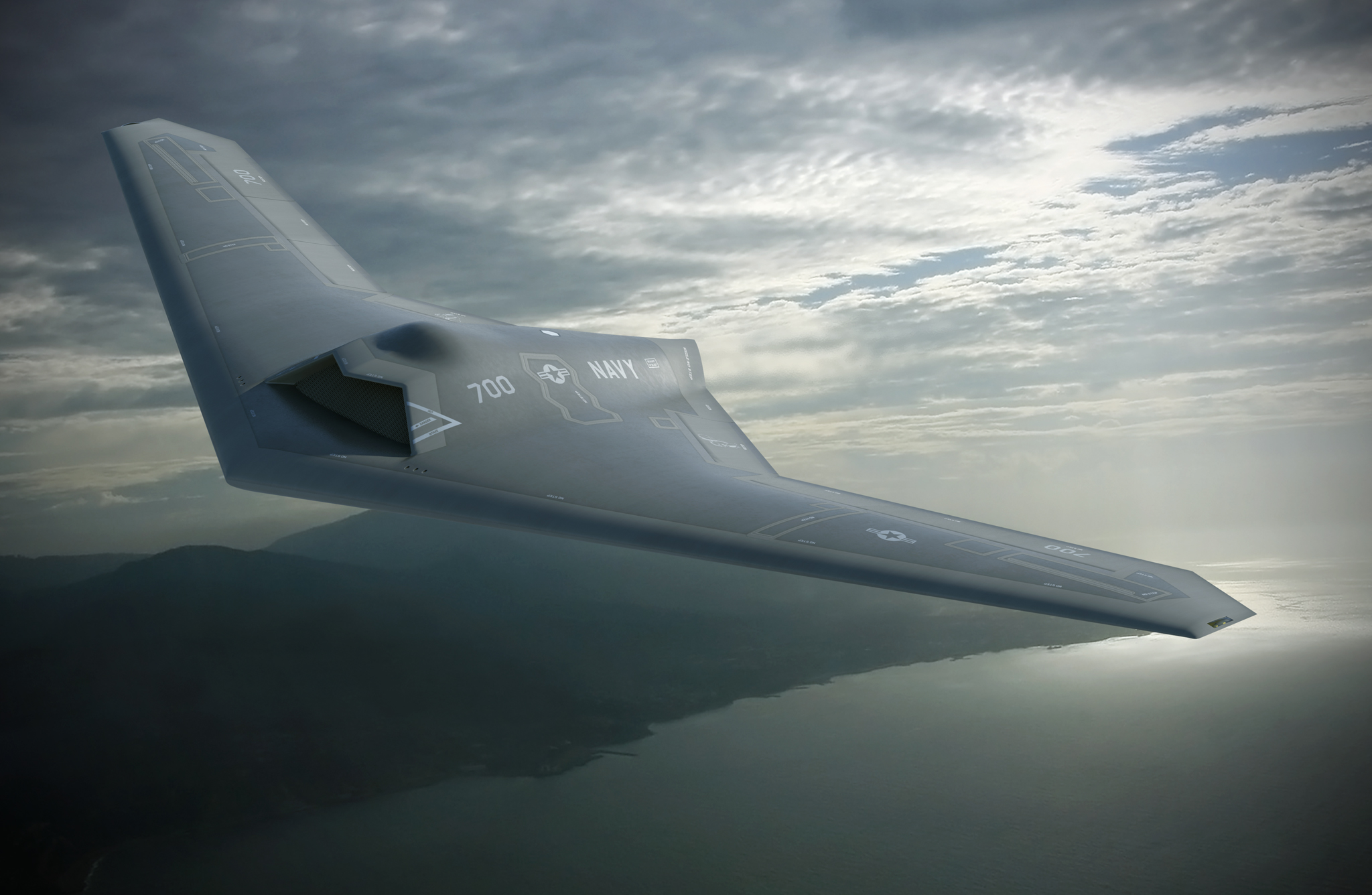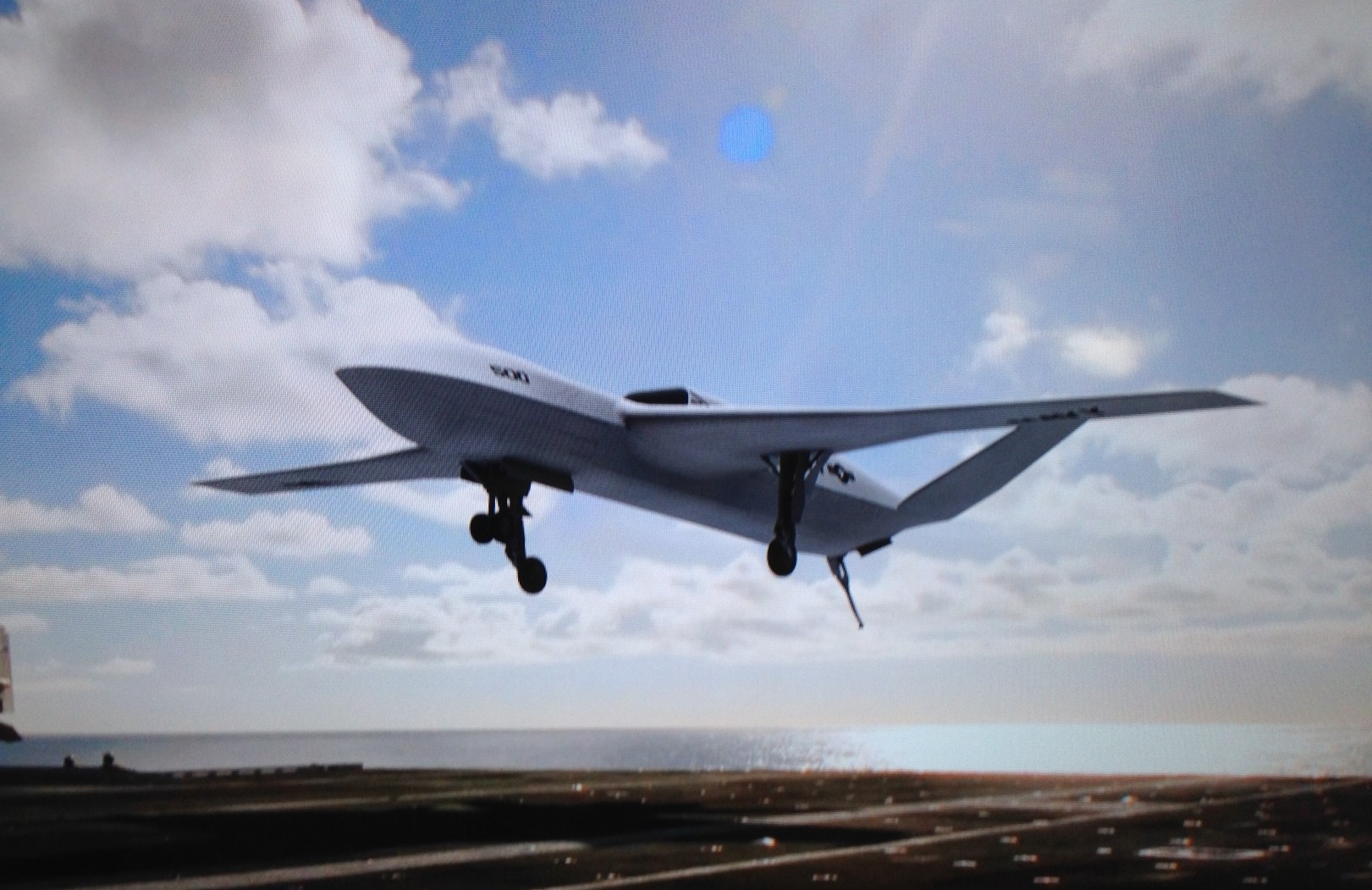
ARLINGTON, Va. — To meet the Navy’s new set of requirements for its unmanned MQ-XX Stingray carrier tanker, the service should consider a design that could expand into a stealthy, high-end strike platform, the head of Lockheed Martin Skunk Works told reporters on Tuesday.
By selecting a basic flying wing design for Stingray, the Navy could add weapons, sensors and stealth technology using the existing airframe without creating an entirely new planform, Skunk Work’s Rob Weiss said during Lockheed Martin’s 2016 Media Day.
“If you start with a vehicle shape that will allow it to penetrate into a contested environment, you can get a low-cost tanking capability upfront without putting all the capability into that vehicle… you can do it at low cost but stay on that same path to use that vehicle design to operate in a penetrating environment,” Weiss said.
Under direction from a 2015 Office of the Secretary of Defense review, the Navy moved back from the higher requirements of its Unmanned Carrier Launched Surveillance and Strike (UCLASS) program to a more basic unmanned aerial vehicle (UAV) that would primarily function as an aerial tanker to ease the burden of the carrier air wing’s Boeing F/A-18 E/F Super Hornet fleet.
Navy officials have said the UAV would likely accomplish the refueling mission via drop tanks hung from pylons underneath the aircraft.
The concept that emerged shed much of the expected strike and surveillance missions to get a basic UAV on the carrier faster and at a lower cost with the same connectivity and control systems planned for UCLASS. USNI News understands the connectivity and control segments would be then used for what would follow Stingray.

The tanker change was thought to give the two Stingray competitors that plan to submit a more traditional wing-body-tail design for the work – General Atomics and Boeing – an edge for constructing a more basic UAV, aviation experts have told USNI News.
Lockheed and Northrop Grumman have indicated they would pursue more of a flying wing design like the Northrop B-2 Spirit stealth bomber or Lockheed’s RQ-170 Sentinel. The flying wing has an inherently lower radar cross section since the planform has fewer edges to reflect back a radar signal. While less detectable, flying wing designs have traditionally been more complicated to build and fly than the traditional wing-body-tail design.
However, Weiss said a flying wing Stingray could be built on a budget.
“We believe [that a flying wing] will be just as affordable as a wing-body-tail configuration. But a wing-body-tail will not be able the requirements for penetrating strike in the future,” he said.
“You can take the flying wing and not put on all the coatings and other capabilities in that initial version and be competitive on the cost but have a growth path forward… that same path to use that vehicle design to operate in a [contested] environment.”
The Navy is currently waiting on DoD approval for the new Stingray concept – to which it was briefly referred as the Carrier Based Aerial Refueling System (CBARS) – ahead of an expected draft request to proposal to industry sometime later this year and a full RfP in Fiscal year 2017 and a contract award in Fiscal Year 2018, USNI News reported in February.
The service has said it plans to field the Stingray in the mid-2020s.





